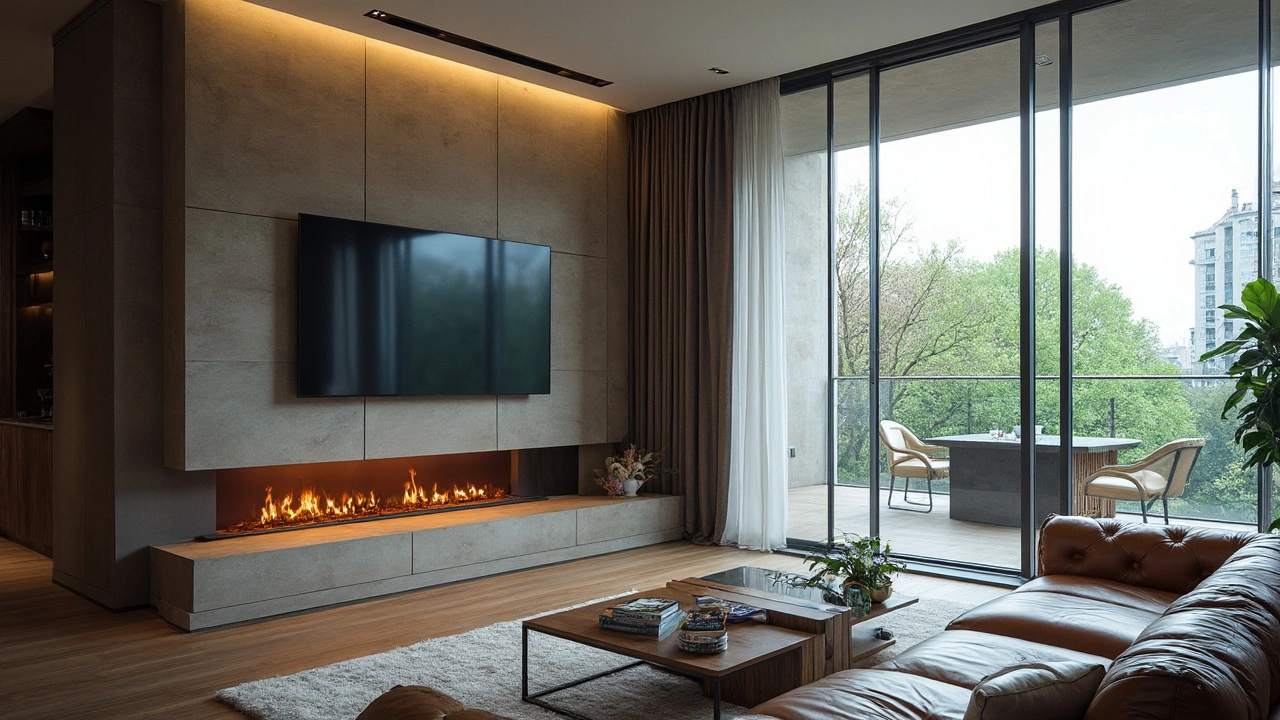Property Buying Guide – Essential Tips for UK Homebuyers
Thinking about buying a house? Whether you’re eyeing a fixer‑upper or a brand‑new build, the process can feel overwhelming. The good news is you don’t need a massive textbook to make smart choices. Below you’ll find straight‑forward advice that cuts through the jargon and helps you focus on what really matters – safety, cost, and long‑term comfort.
Spot the Red Flags Early
First thing on any viewing list should be the foundation. A small hairline crack might be harmless, but wider cracks can signal serious movement. Our guide "Foundation Crack Size: When Is It Serious?" shows you exactly how to measure a crack and when to call a structural engineer. Don’t forget to check your insurance policy – many policies exclude coverage for foundation problems unless they’re caused by subsidence. Knowing these details before you sign can save thousands in unexpected repairs.
Choose Between Building and Buying
In 2025 the cost gap between building a new home and buying an existing one is narrower than ever. Our article "Build or Buy a House in 2025?" breaks down material costs, labour rates, and hidden fees like planning permission. If you love custom design and have time to manage a project, building might be cheaper. But if you need to move quickly or prefer a proven neighbourhood, buying an existing property often makes more sense. Compare the total price, not just the headline figure.
Planning permission is another hurdle many forget about. For modest extensions, the UK’s permitted‑development rules let you add up to 8 metres at the rear of the house without a formal application. Our post "How Big Can You Extend Your House Without Planning Permission?" outlines the exact limits and common mistakes that can delay a project. Even if you’re not extending, knowing the rules helps you judge whether a property’s layout can meet future needs.
Loft conversions are a popular way to add space without changing the footprint. However, not every loft is suitable – low headroom, obstructive trusses, or inadequate access can turn a dream bedroom into a costly nightmare. The guide "Which Lofts Can’t Be Converted?" lists the most common deal‑breakers so you can ask the right questions on your next viewing.
When you finally find a house that checks the boxes, run a quick checklist: measure any cracks, verify insurance cover, confirm extension rights, and assess loft feasibility. If anything feels off, get a professional opinion before you commit. Our site hosts dozens of detailed articles that walk you through each step, from foundation health to budgeting for a kitchen fit‑out.
Ready to dive deeper? Browse the tag “property buying” for more expert tips, real‑world case studies, and cost‑saving ideas. Armed with the right info, you’ll move forward with confidence and avoid the nasty surprises that can turn a dream home into a nightmare.

